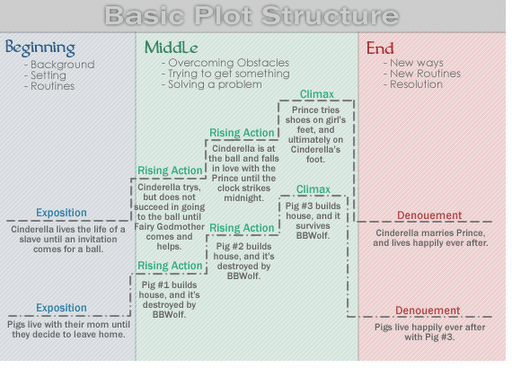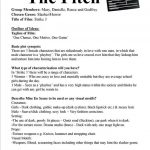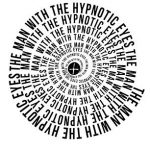Perfect Plot Structure
 It doesn’t matter how good of an idea you have if you can’t find a way to tell the story. As a scriptwriter perfect plot structure will give you the ability to convert your idea into a captivating story.
It doesn’t matter how good of an idea you have if you can’t find a way to tell the story. As a scriptwriter perfect plot structure will give you the ability to convert your idea into a captivating story.
The Initial Idea
Your initial idea should be able to be explained in only one or two sentences. Talladega Nights: The Ballad of Ricky Bobby was sold purely on the idea “Will Ferrell as a NASCAR driver”, it can be that simple. You need to get your basic concept over with the Hollywood executives, and make it easy enough for them to remember so they can discuss it quickly with anyone they talk to. Eventually the right person will hear the concept and green light the project.
Backstory
The backstory is the character’s past which allows the audience to understand what the characters and story is all about. Much like character’s thoughts, this information should be delivered through the characters’ action and dialogue. You can also use narration or flashbacks but some people believe this to be lazy scriptwriting. You want to deliver the backstory in snippets all throughout the script rather than in a couple of lumps. Blocks of backstory slow the script down and stick out poorly.
Exposition
Exposition is the information in the main story thread with the audience need to understand completely. Think of The Truman Show where Jim Carrey’s character tries to take a boat out of the city but can’t because of his fear of water. The fear came from his childhood when his Dad died sailing with him. Try to deliver exposition dramatically, through conflict. Remember the adage, show don’t tell.
Pace
Read any script and you will see that the action intensifies the further the story goes. This is pace. Think of your story as a roller coaster, which the ups getting higher and downs going lower. A story is just that, an emotional roller coaster. The tougher the obstacles the shorter the scenes should be until the story becomes almost claustrophobically tight.
Turning Points
The turning points are key points in a script that move the story along greatly. They will grab the story and characters to turn them to a new direction. Every time the action seems to be settling down you need to throw that curveball to add a breeze of fresh air to the story.
Obstacles
The obstacles are the inner or outer forces that block your character from achieving their ultimate goal. You can liken the obstacles in a story to a snowball rolling down a hill. The snowball grows larger and picks up more speed until it comes crashing down to the bottom of the hill.
Dramatic Irony
This is when, as a scriptwriter, you allow the audience to know something important that the character does not. It could be your main character proposing to his girlfriend after you’ve just seen her romping with her lover or selling their most beloved possession to pay for a debt that has already been paid off for them.
Climax
This is the biggest scene in the film. Good vs. Evil comes to a head and all the loose ends in the story are tied up. Your main character must fight their last battle, whether it be physically or emotionally.
Resolution
The final scene of the movie. Everything is right in the story world, your main character has a grown as a person and now “rides off into the sunset” to live a rich, fulfilling life.
Please CLICK HERE To Check Out The Top 5 Online Scriptwriting Courses



